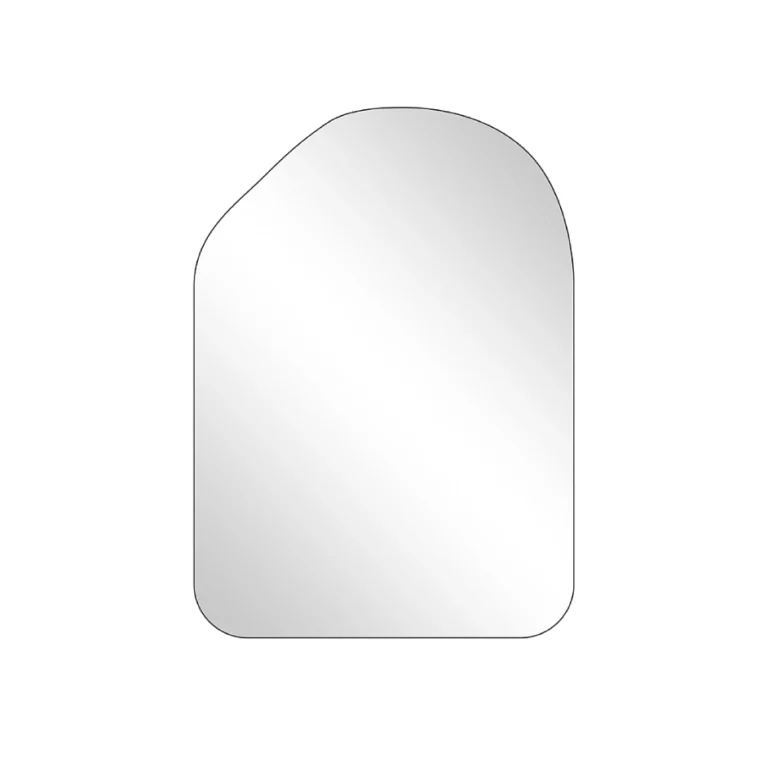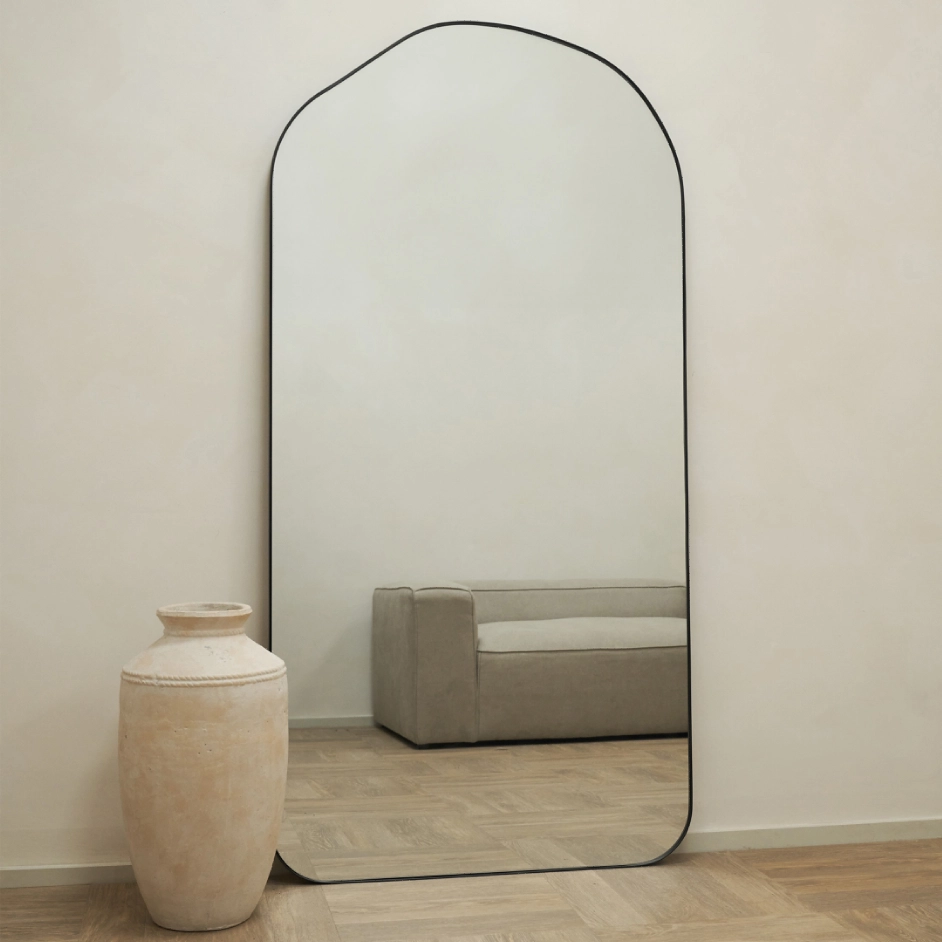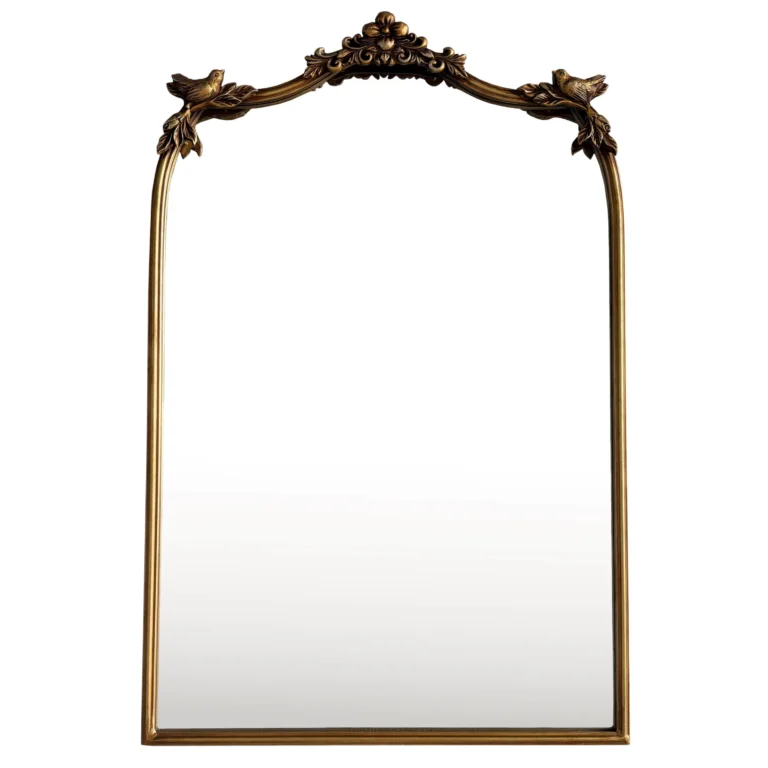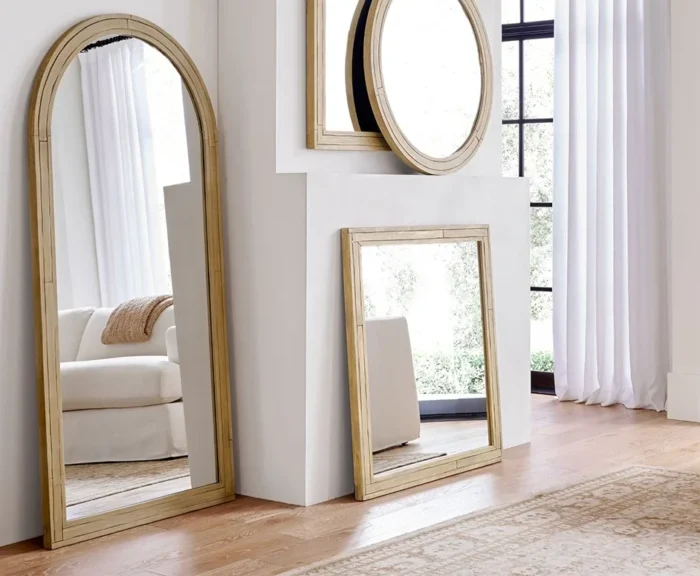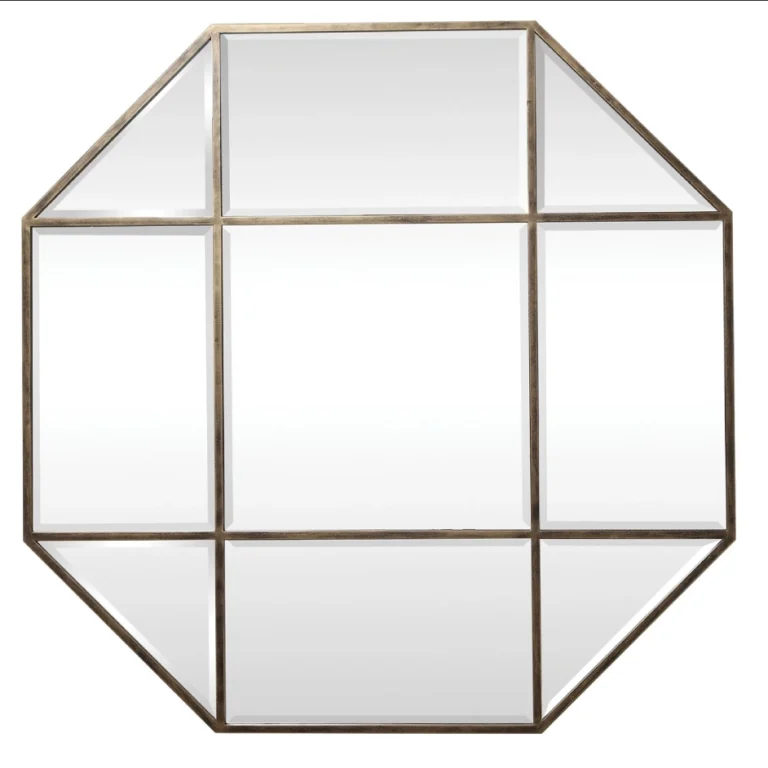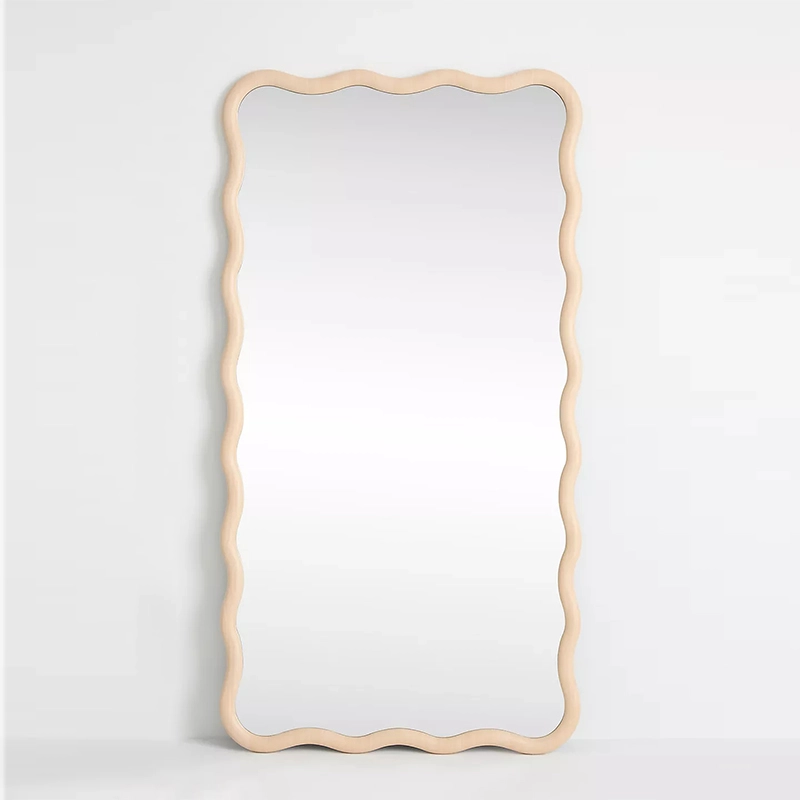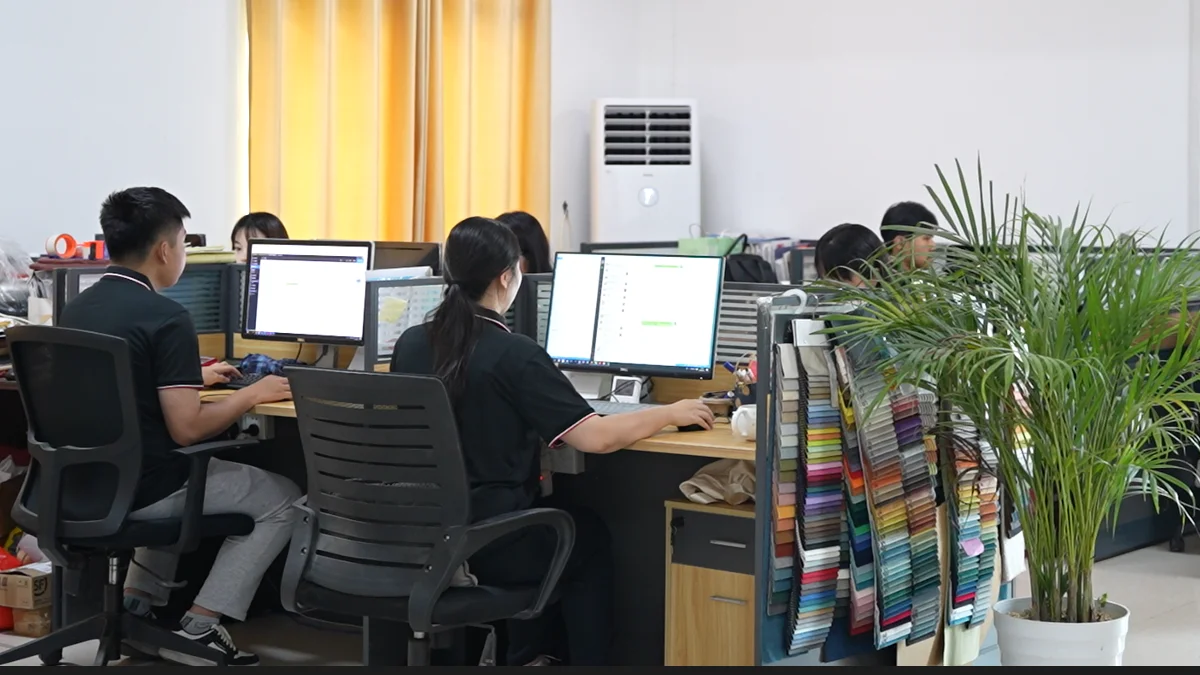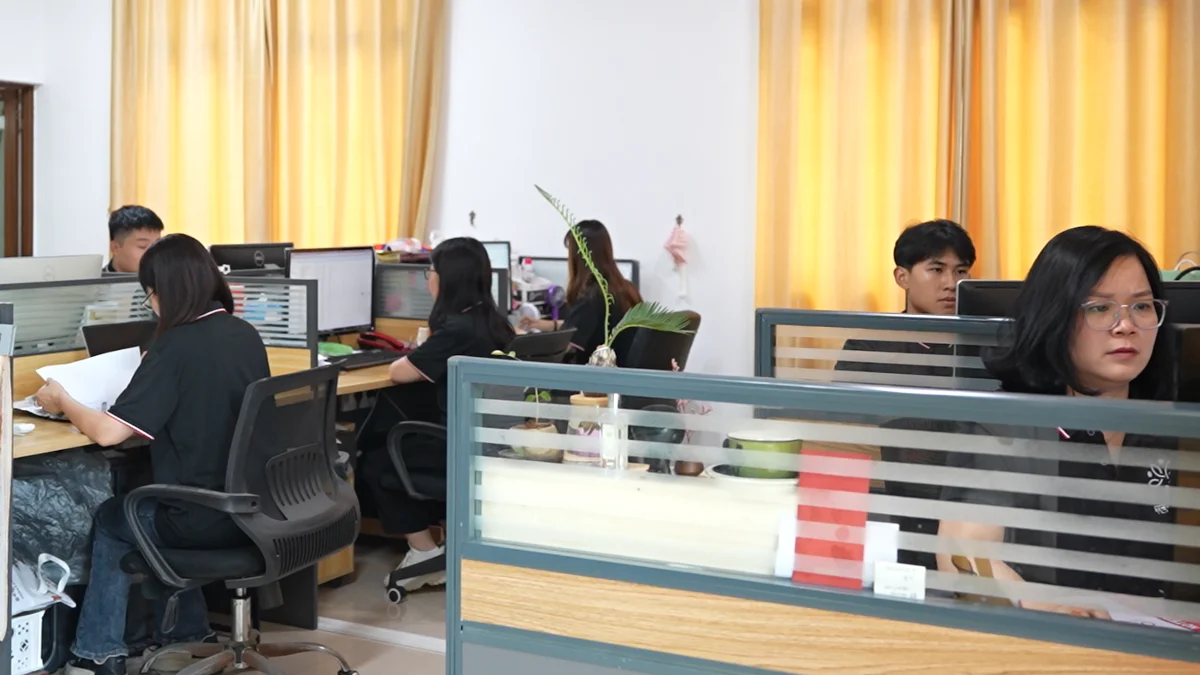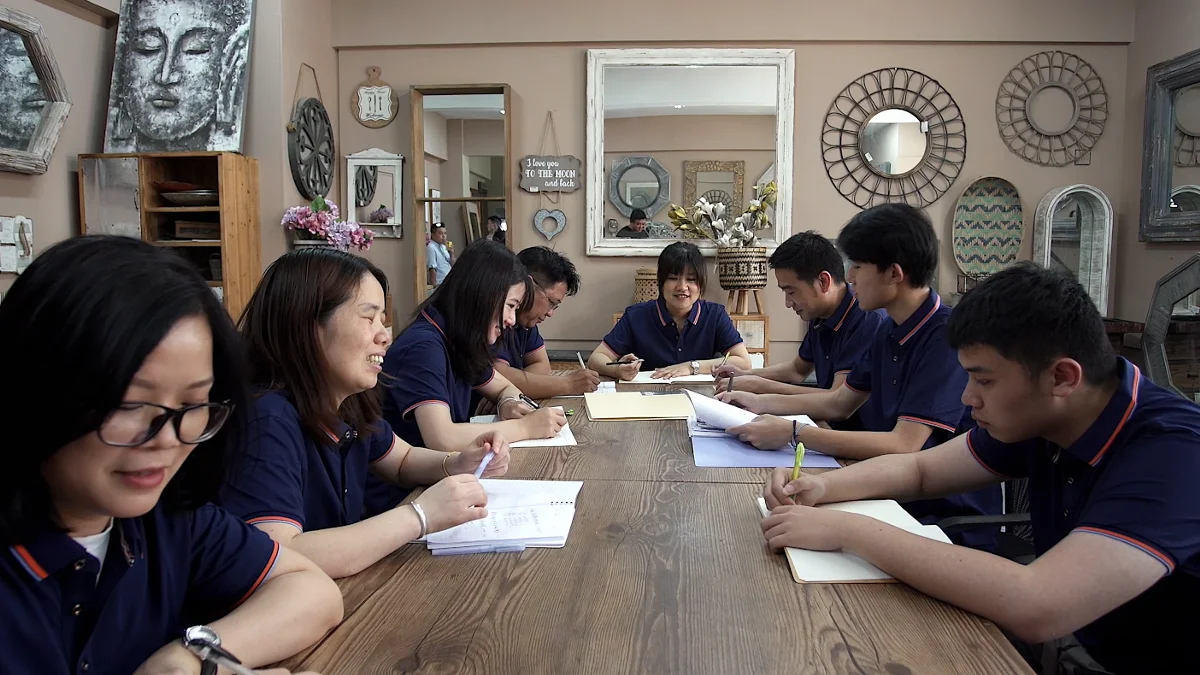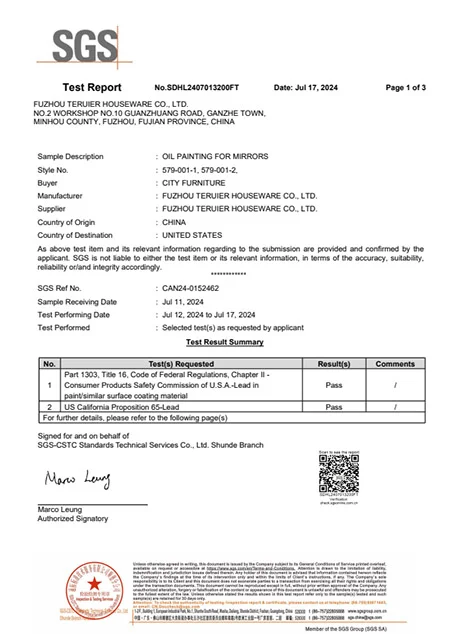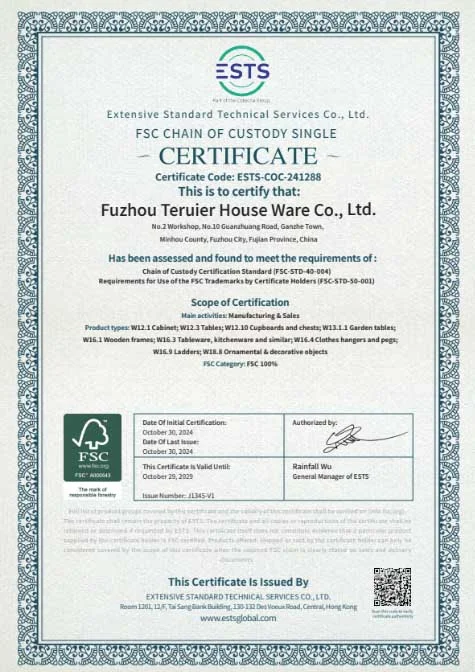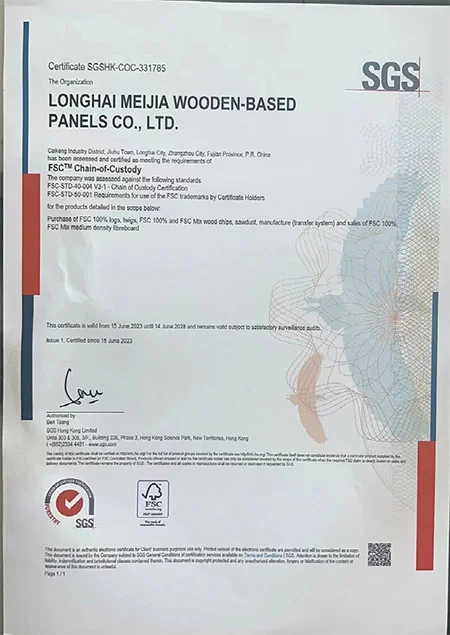- Mirrors French
- Mirror American
- Mirror Austrian
- Canadian mirrors
- Mirrors British
- Mirror Dutch
- Mirror Hungarian
- Mirror Belgian
- Mirror Slovak
- Mirror Luxembourg
- Mirror Romanian
- Mirror Swiss
- Mirror Bulgarian
- Mirror Croatian
- Mirror Irish
- Mirror Serbian
- Mirror Swedish
- Mirrors Norwegian
- Mirrors Finnish
- Mirrors Danish
- Mirrors Icelandic
- Mirrors Greek
- Mirrors German
- Maltese mirrors
- Mirrors Italian
- Mirrors Cypriot
- Mirrors Spanish
- Mirrors Polish
- Mirrors Portuguese
- Mirrors Czech
Traditional style mirrors for Saudi homes
Traditional Saudi home decor often incorporates mirrors with intricate designs that reflect the region’s rich cultural heritage. Here are some key styles and features of traditional mirrors commonly found in Saudi homes:
1. Islamic Geometric Patterns
-
Mirrors framed with elaborate geometric carvings or metalwork inspired by Islamic art.
-
Often feature repetitive star, hexagon, or arabesque motifs.
2. Wooden Frames with Carvings
-
Made from dark woods like walnut or rosewood, often hand-carved with floral or geometric designs.
-
Some frames are embellished with gold or silver leaf accents.
3. Metalwork Frames (Brass or Silver)
-
Ornate brass or silver frames with traditional Arabic calligraphy or filigree work.
-
May include hammered metal details for a vintage look.
4. Moroccan-Inspired Mirrors
-
Round or arched mirrors with colorful mosaic tile borders (Zellij work).
-
Popular in the Hijazi region (Jeddah, Mecca) due to historical trade links.
5. Ottoman-Style Mirrors
-
Large, statement mirrors with sweeping curves and gilded frames.
-
Often placed in majlis (sitting rooms) as a focal point.
6. Bedouin-Inspired Designs
-
Simpler frames with tribal motifs or leather accents, reflecting nomadic traditions.
7. Mirror Placement in Saudi Homes
-
Often placed in entryways (to reflect light and create a sense of space).
-
Common in living areas (majlis) and bedrooms as decorative pieces.
Where to Find Traditional Saudi Mirrors:
-
Local Souks: Such as Souq Al-Zal in Riyadh or Souq Al-Alawi in Jeddah.
-
Artisan Workshops: Custom-made mirrors by local craftsmen.
-
Modern Adaptations: Stores like Ikea Saudi Arabia or Home Centre sometimes carry fusion designs.
Would you like recommendations for specific mirror styles based on a particular Saudi region (Najd, Hijaz, etc.)?
Generally speaking, our order requirements are as follows: the minimum order quantity (MOQ) for large items is 50 pieces, for regular items it is 100 pieces, for small items it is 500 pieces, and for very small items (such as ceramic decorations) the MOQ is 1,000 pieces. Orders exceeding $100,000 will receive a 5% discount. The delivery timeline is determined based on the specific order quantity and production schedule. Typically, we are able to complete delivery within two months.
